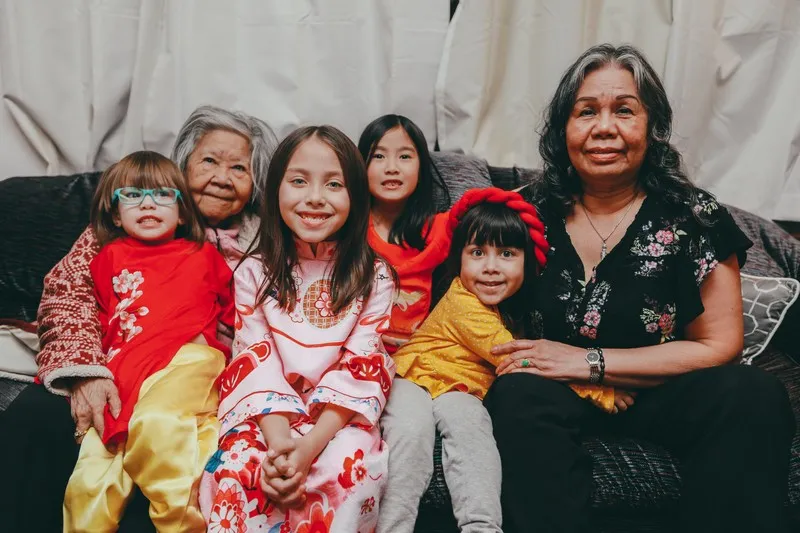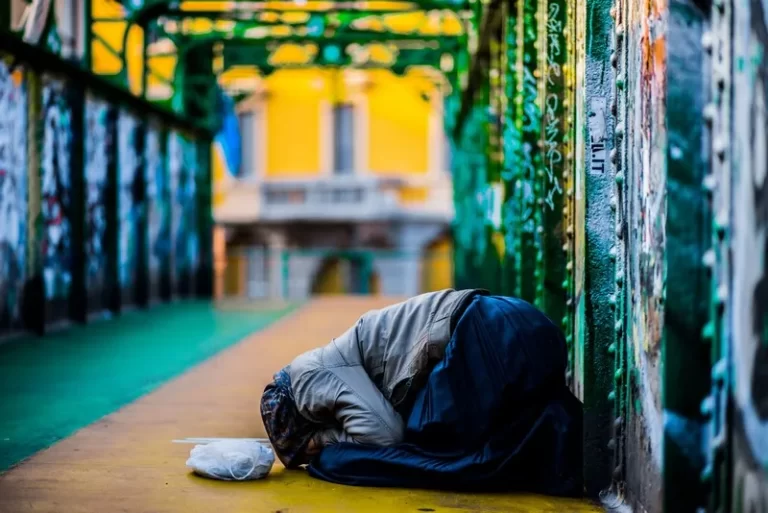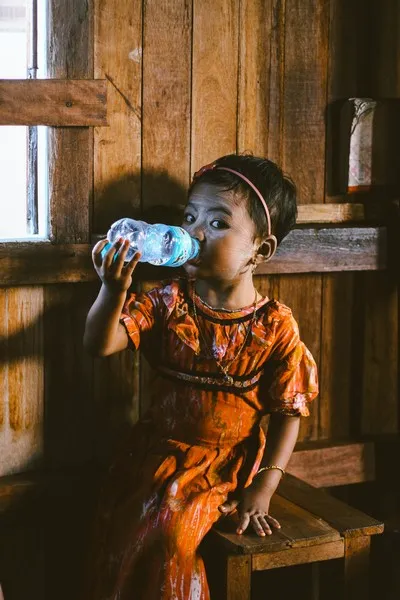Table of Contents
- Introduction
- The Concept of Representation in Sociology
- The Significance of Representation in Society
- Historical Evolution of Representation
- Media Representation
- Political Representation
- Cultural Representation
- Challenges in Achieving Equitable Representation
- Intersectionality and Representation
- Social Movements and Representation
- The Impact of Representation on Identity Formation
- Representation and Social Change
- Encouraging a Culture of Representation
- Conclusion
Introduction
Representation, at its core, is about making people, ideas, and experiences visible in society. In the field of sociology, it deals with how various social groups, identities, and interests are expressed and included across societal structures. From media portrayal to policymaking, representation influences how communities see themselves and how others perceive them. This process not only shapes our worldviews but also dictates resource distribution, cultural norms, and the ways individuals navigate social life.
In many ways, representation embodies the principles of inclusion and recognition. When certain voices or identities are marginalized or excluded, the broader social narrative remains incomplete. Sociology, as a discipline, encourages a critical look at these dynamics. By analyzing representation through a sociological lens, we can better understand the mechanisms of power, inequality, and social integration. This understanding is crucial for any undergraduate who aims to grasp the complexities of social relationships and structures.
The Concept of Representation in Sociology
Representation can be viewed from multiple sociological perspectives. Symbolic interactionists, for instance, focus on the micro-level processes, exploring how everyday interactions and symbols shape individuals’ realities. Meanwhile, structural functionalists consider the macro-level implications of representation, examining how it integrates—or fails to integrate—various parts of society.
At its essence, representation involves an act of speaking, depicting, or standing in place for others. In sociology, this concept extends beyond a mere reflection of social reality; it contributes to the construction of social reality. Representation can be observed in:
- Language: The terms and labels we use to describe ourselves and others can either empower or diminish social groups.
- Imagery and Symbols: Media icons, advertising campaigns, and public figures all contribute to how society perceives different identities.
When analyzing these representations, sociologists often examine who is controlling the narrative. If dominant groups monopolize the means of representation, marginalized communities may struggle to have their experiences validated.
The Significance of Representation in Society
Representation does not merely reflect social dynamics; it actively shapes them. If certain groups are consistently shown in a negative light or left out of important societal conversations, it can reinforce harmful stereotypes and perpetuate existing inequalities.
For instance, when policies are crafted without considering the perspectives of underrepresented populations, entire communities may be neglected. This absence of representation can have far-reaching consequences, affecting education, employment opportunities, healthcare access, and cultural acceptance. In turn, these consequences feed back into social structures, further entrenching inequality.
Inclusion, by contrast, can bring about a sense of belonging and recognition. When diverse voices participate in decision-making, policies are more likely to account for the realities of different social groups. Representation, then, becomes a means of acknowledging and affirming the existence of every member of society.
Historical Evolution of Representation
The quest for broader representation is not a contemporary phenomenon; it has been evolving over centuries. Historically, certain groups have been excluded from public life altogether, such as women who lacked the right to vote or enslaved people who were denied basic human rights.
With social transformations like the abolition of slavery, universal suffrage movements, and the civil rights era, many marginalized groups began to secure greater visibility. However, the path to equitable representation has been neither linear nor uniform. Different societies worldwide have varied timelines and experiences in recognizing the rights and voices of diverse communities.
Over time, social movements played crucial roles in demanding fair representation, from labor rights to the LGBTQ+ rights movement. While legislation and formal changes often followed these movements, cultural and attitudinal shifts sometimes lagged behind. Thus, the historical evolution of representation serves as a reminder that even when progress is made in one area, deeper societal changes are necessary to ensure lasting impact.
Media Representation
The Power of Media
Media is a potent vehicle for shaping public perception. Television shows, films, news outlets, and online platforms offer narratives that inform our understanding of different groups, identities, and events. What the media chooses to highlight or omit sends strong messages about who and what is valued in society.
When media representation is equitable, it can challenge stereotypes, encourage empathy, and bring marginalized experiences into the mainstream. However, media’s potential to distort or reinforce harmful stereotypes remains significant. For example, sensationalized reporting on immigrant communities can provoke fear or hostility, even if such portrayals only reflect a small minority of real experiences.
Digital Spaces and Representation
The rise of social media has created new opportunities for representation. Historically silenced communities can now share their own stories online, bypassing traditional gatekeepers. This shift democratizes content creation and allows for more nuanced portrayals. However, the internet also hosts harmful rhetoric, misinformation, and biased algorithms.
In many cases, digital platforms mirror offline inequalities. Underrepresented voices can face harassment or algorithmic biases that limit their visibility. Therefore, while digital platforms have widened the scope for representation, they also highlight the ongoing need for critical engagement and ethical moderation.
Political Representation
Forms of Political Representation
Political representation involves elected officials and policy influencers standing in for the public’s interests. In many democracies, this form of representation is institutionalized through elections, legislation, and governance. Yet, disparities in who holds office remain pronounced. Women, ethnic minorities, and lower-income groups often find it challenging to gain equal footing in political arenas.
Beyond formal political structures, interest groups, social movements, and advocacy organizations play significant roles in political representation. These groups seek to make the concerns of specific demographics more visible to policymakers.
Why Political Representation Matters
Equitable political representation is not only a matter of fairness but also efficiency. When policymakers hail from a narrow segment of society, they may lack the lived experiences necessary to address the full spectrum of social issues. Conversely, leadership that reflects a wide array of backgrounds can bring more effective, holistic solutions to societal challenges.
Moreover, political representation affects collective identity. Citizens are more likely to feel confident in political systems if they see leaders who share their backgrounds or experiences. This sentiment can promote civic engagement and trust in governance, ultimately fostering more stable societies.
Cultural Representation
Cultural representation involves how a society’s artistic expressions, traditions, and value systems are projected and perceived. From art exhibitions to popular music, cultural products shape collective imagination and can either validate or marginalize entire communities.
Authenticity and Representation
Authentic cultural representation requires an understanding that culture is not monolithic. Even within a single social group, identities intersect, leading to diverse experiences. When outsiders attempt to depict these cultures without community input or collaboration, the result may be superficial caricatures rather than authentic portrayals.
On the other hand, community-led cultural representation can foster empowerment and pride. When individuals present their own stories, art forms, and traditions, they add depth and personal context, challenging preconceived notions. This self-representation contributes to a richer cultural landscape, one that accommodates multiple voices and perspectives.
Challenges in Achieving Equitable Representation
Get the full article AD FREE. Join now for full access to all premium articles.
View Plans & Subscribe Already a member? Log in.





